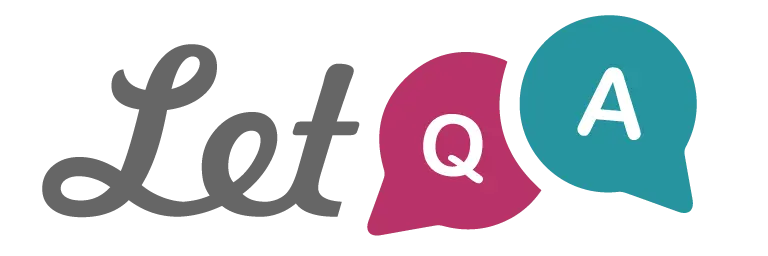Đề Thi Online Miễn Phí Kế Toán Tài Chính Doanh Nghiệp Chương 1: Introduction to Accounting - Đại Học Quốc Gia Hà Nội (VNU)
Từ khoá: Kế toán tài chính doanh nghiệp Đại học Quốc gia Hà Nội VNU chương 1 Introduction to Accounting đề thi online đề thi miễn phí đáp án chi tiết ôn tập kế toán tài liệu học phần
Số câu hỏi: 37 câuSố mã đề: 1 đềThời gian: 1 giờ
64,248 lượt xem 4,930 lượt làm bài
Bạn chưa làm đề thi này!
9 According to IAS 1, Presentation of Financial Statements which two of the following are objectives of primary financial statements?
A To show the results of management’s stewardship of the resources entrusted to it
B To provide a basis for valuing the entity that is useful to a wide range of users in making economic decisions
C To provide information about the financial position, financial performance and cash flows of an entity that is useful to a wide range of users in making economic decisions
D To facilitate comparison of financial performance between entities operating in different industries
E To assist management and those charged with governance in making timely economic decisions about deployment of the entity’s resources
1 mã đề 50 câu hỏi
3 mã đề 73 câu hỏi
1 mã đề 40 câu hỏi
4 mã đề 160 câu hỏi
